Leisure & Culture #59
The World in Picture Books
THE ART WITHIN: Picture Books Inspired by Stories, Artists, and Museums
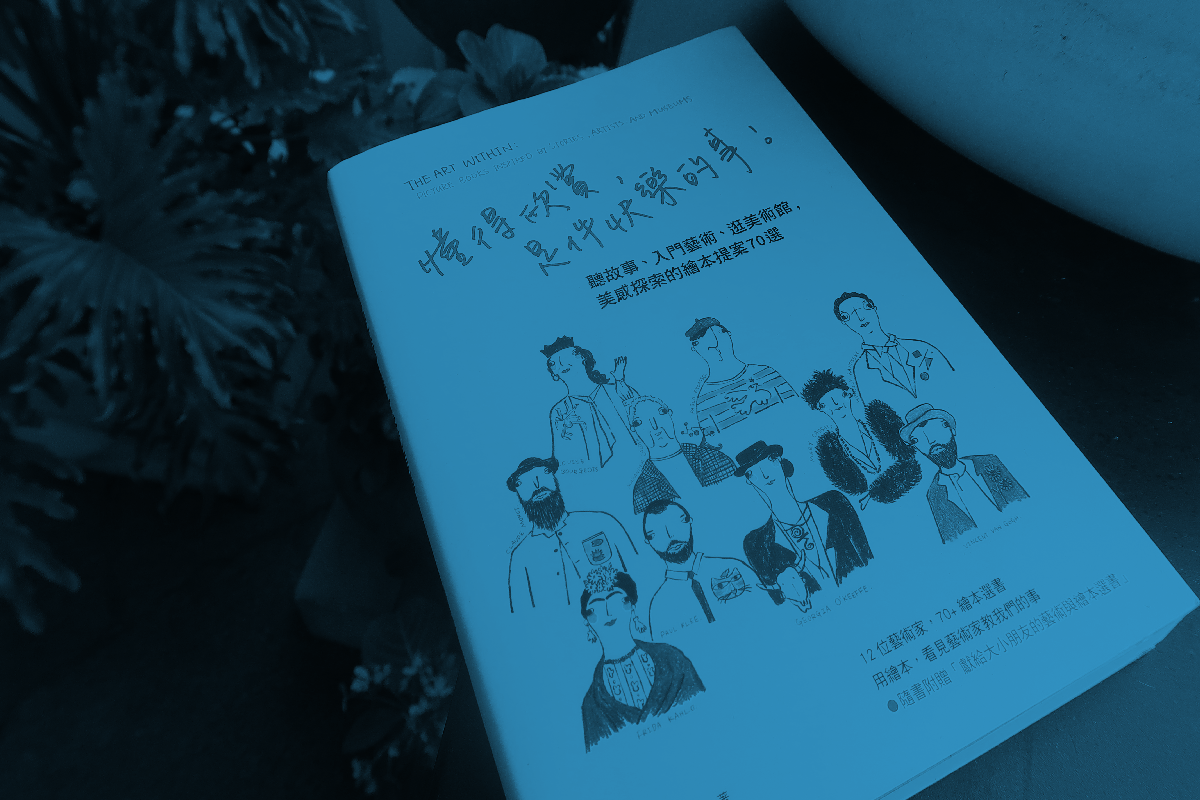
Text: Ko Cheung
Photo: Ko Cheung, Online Images
The outside world is glamourous, but it is complicated at the same time. How can the adults talk to the children about current affairs as well as logic and reasons in a world of hustle and hassle? The challenges arise.
This is the very time the “picture books” may serve as the bridge of communication between these two groups of people. The beautiful colours, drawings and graphics together with the lively diction, rhythms and plots turn the inexplicable world into a vivid story, so that on the one hand the linguistically underdeveloped children are able to perceive and project the world while on the other the adults can envisage life from the new perspectives after reading.
So, it is high time you read It’s Happy to Understand Appreciation. Showcasing 70 picture books of 12 artists annexed with some information from art galleries, the book from Taiwan is both an introductory guide for the art lovers to open the door of aesthetics and an energizer to encourage the readers to feel the rays of hope in the dark and stark reality, through the presentation of the life stories of the respectable artists and their perseverance.
The art lesson that no one should miss
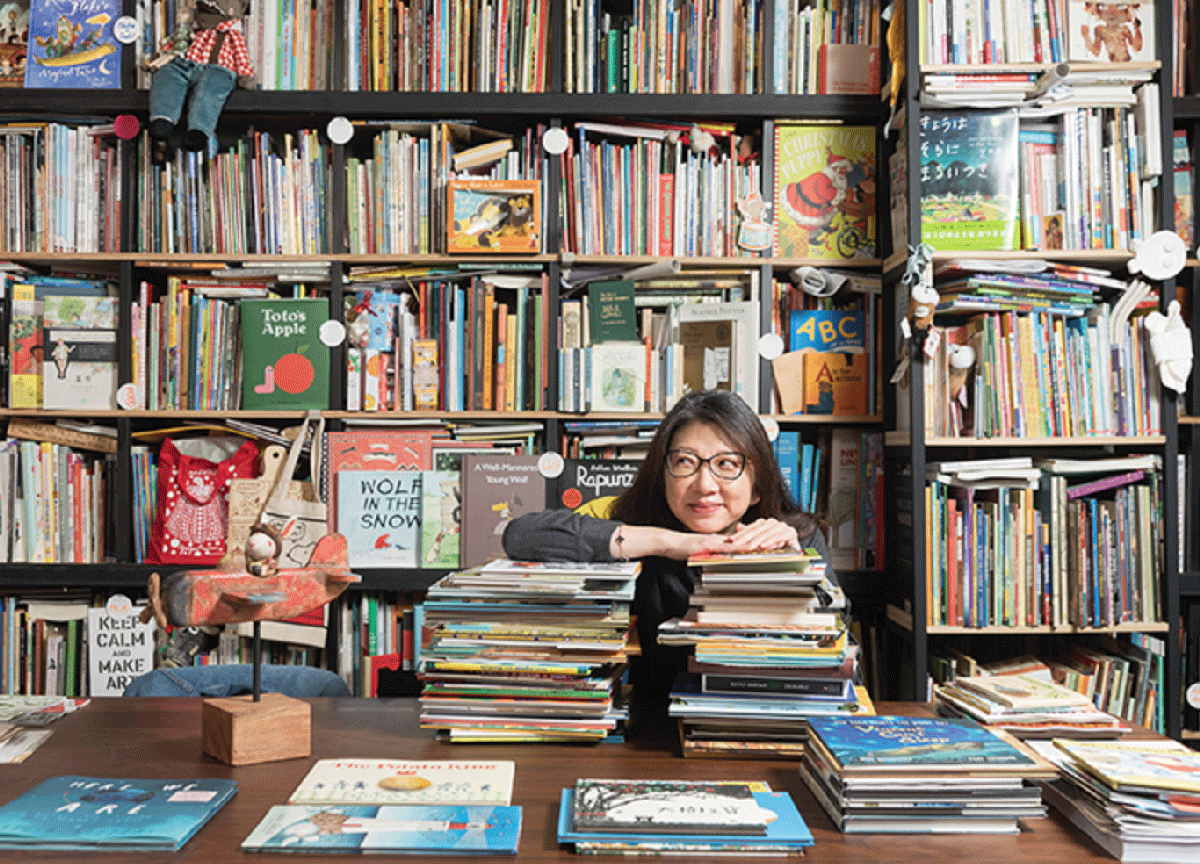
Don’t you think it is a headache for you to find the most appropriate picture books in a world of authorship, themes and presentation? While a surf in the developed network of Google does give you a vast range of information, the online data and figures are, however, too brief and scattered to make your right and final decision.
“It’s the best to start art education from a young age,” commented Jialing Lai, author of It’s Happy to Understand Appreciation cum director of The PlayGrounD. As a mother and an advocate of picture book reading in Taiwan playing an active role in education, family and workplace, she emphasized straightforwardly in the preface the importance of art education and the positive values of picture books.
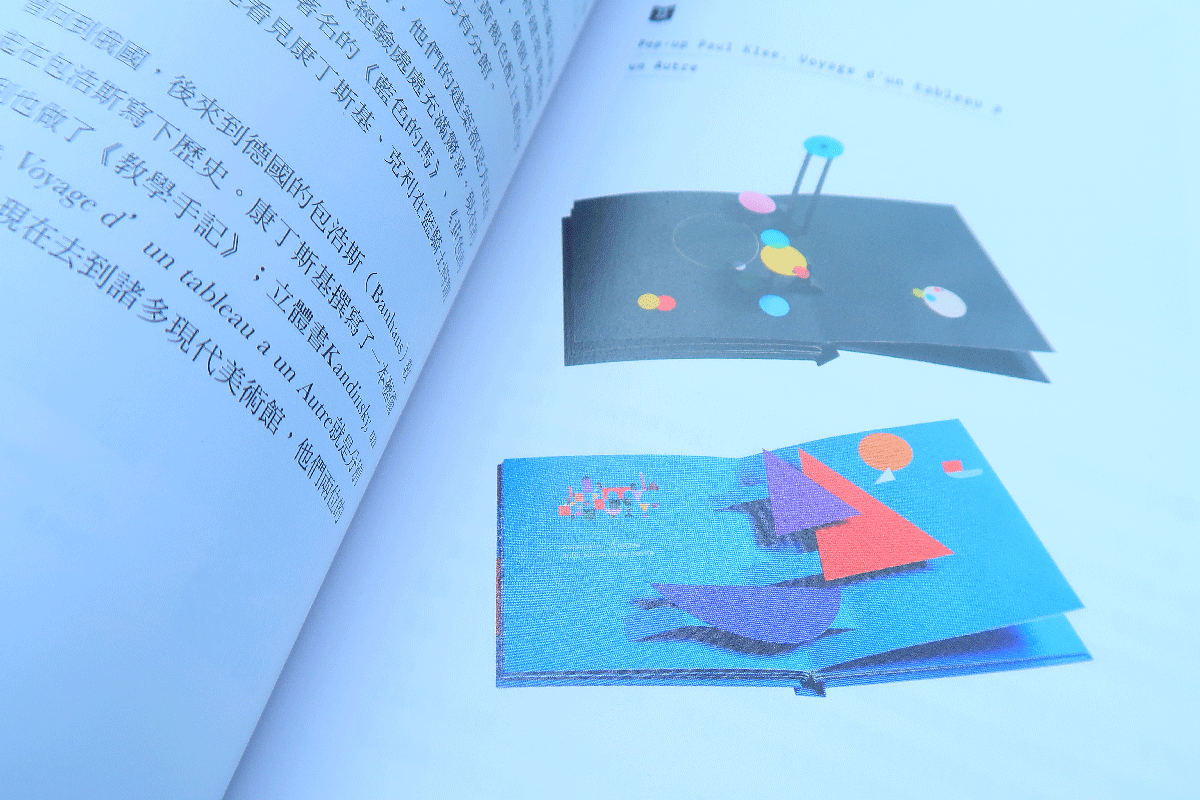
Lai fairly believes art education exerts a huge impact on the growth of children because every single picture book carries a different story where young readers can travel around in their spiritual world, establish a broader macro horizon and learn to feel the beauty hidden in the everyday life through the “text and images”. While pointing out grown-ups can also benefit a lot from good picture books as they may be more eager to learn more about the artists and their stories when reading the books for and by the children, she said she has been paying more attention to the galleries publishing picture books around the world and inviting outstanding international painters to launch related themed exhibitions or picture book pop-up counters.
The words that light one’s life
Lai, as a working woman, totally understands that it is difficult for parents to take the time to study different picture books since many of them are busy working and doing household chores night and day. Furthermore, since picture books abound all over the world from themes, types to designs, many before becoming veterans like her who specialize in promoting picture books were once not art experts and thus being inevitably confused and puzzled when choosing and commenting books. “During writing, my previous travel and reading experiences give me a lot of feelings, but an enormous number of materials bothered me at the same time.” She wrote frankly in the preface that she shares the same feelings with other parents and art aficionados when facing an ocean of tedious information.
In view of this, Lai writes It’s Happy to Understand Appreciation in hope of providing some practical views and suggestions to those on the same page in the form of “professional guidebook on picture books”. The chapter names including “Listen to Stories”, “Art 101”, “Visits to Art Galleries” and “Explore the Beauty” help everyone build his or her own method for collecting and studying picture books.
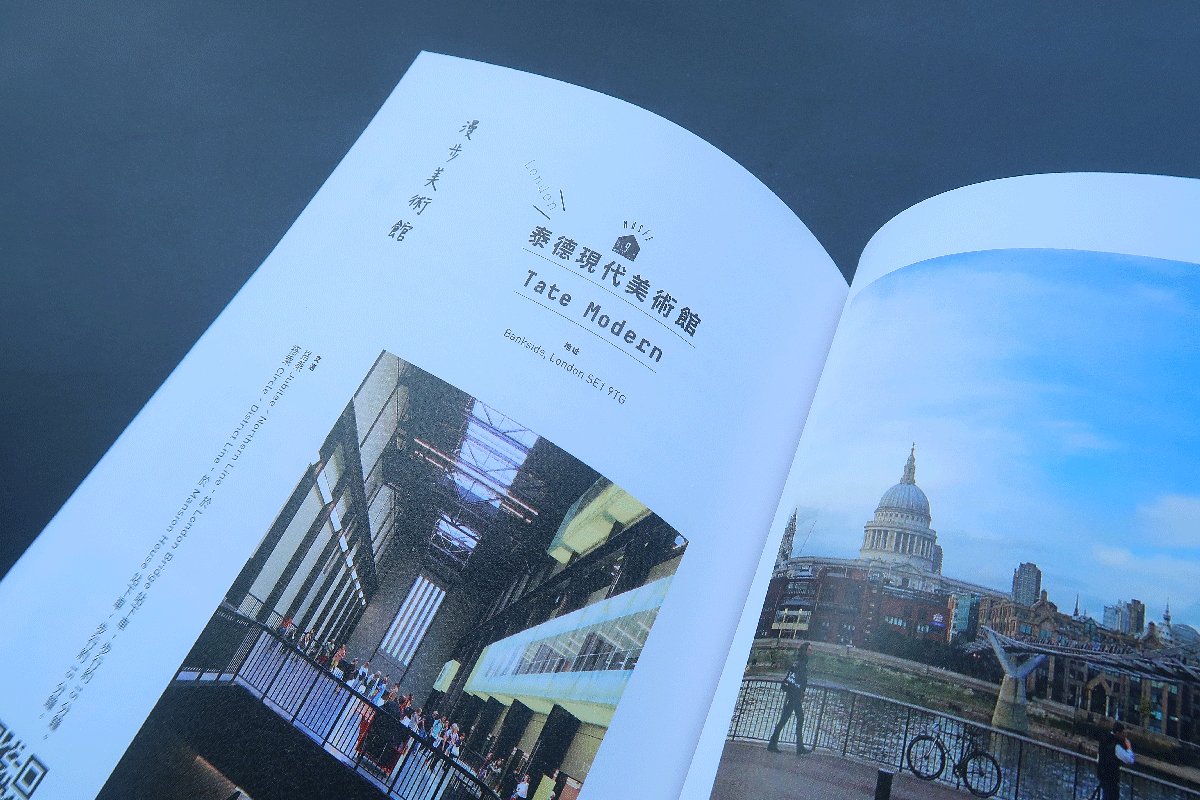
In the book, Lai introduces 12 top international artists, namely Monet, Cassatt, Van Gogh, Kandinsky, Wright, Klee, Picasso, O’Keeffe, Calder, Mondrian, Kahlo and Bourgeois, and their stories based on her passion in digging into picture books. Nevertheless, instead of simply listing the experiences and bibliographies of the artists, Lai tries her utmost to sort out and pair up the artists’ characteristics with a total of more than 70 related picture books for the readers.
The artists that you see from different angles
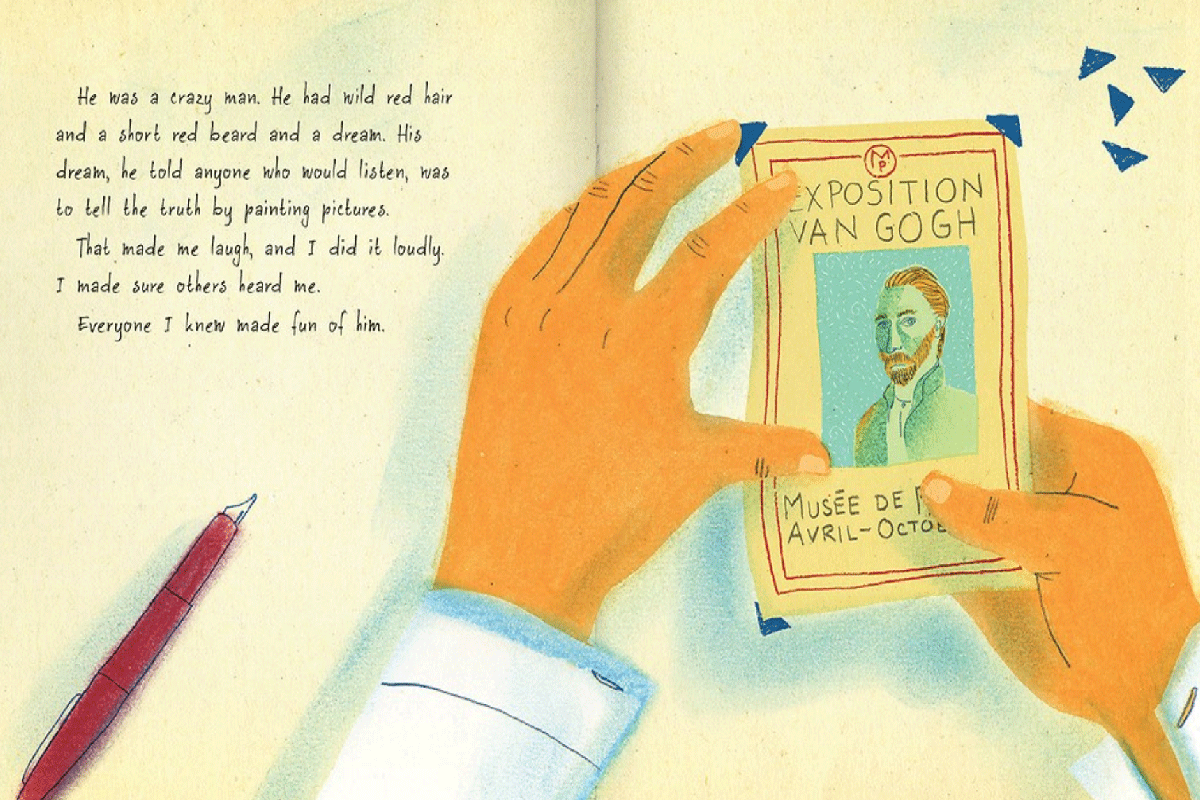
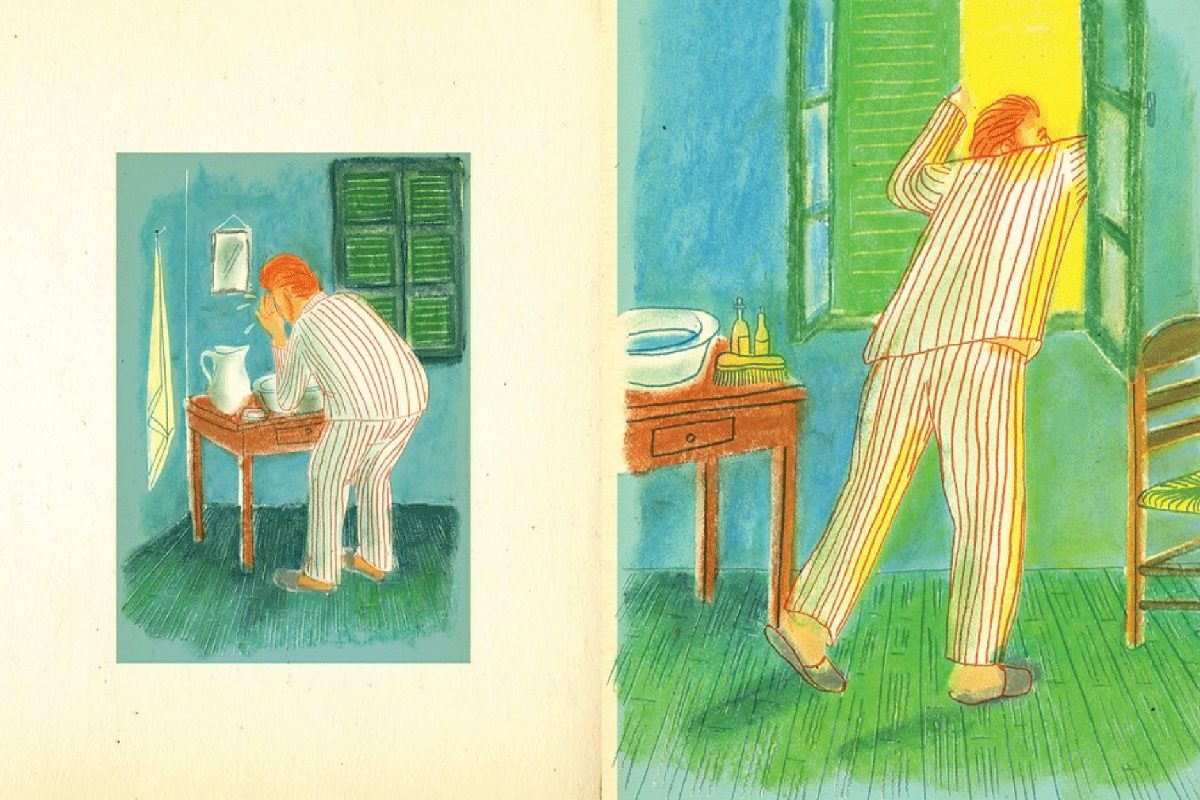
《The Artist and Me》
Take Van Gogh as an example. While the focus of the most recent discussion about the crème de la crème of the art world lies in his downfall and misfortune in his lifetime, Lai conveys her touching feeling on the affection between the art maestro and his brother Theo. Under the chapter of “Understanding”, in the unit of Van Gogh, the artist who succeeded in selling only one work in his lifetime, Lai writes a lot about the brothers’ “completion complex ", highlighting one’s noble sentiment of his help for his beloved to achieve the life goal and that of Johanna, widow of Theo, realised by her effort in translating the letters between Van Gogh and Theo about the former’s art mentality into English with a view to extending Van Gogh’s spirit and her late husband’s will in perpetuity.
In the extended reading part of the picture book, Lai also analyses Van Gogh from the "view of love” while introducing several love-filled picture books. For instance, Vincent Van Gogh: Sunflowers and Swirly Stars by Smart About Art series, which mimics the book report presentation of primary school students, pinpoints a few surprising facts on Van Gogh; The Artist and Me shares the views on the right and the wrong by illustrating the character recalling his memory of seeing the “dumb” Van Gogh painting by the rice field when looking at the same painting during his visit to a gallery. And, in “Stroll Along Gallery” section, Lai suggests a visit to Amsterdam in person to truly and thoroughly undsrstand the entire life story and the works of Van Gogh after reading the chapter of “Understanding”.
What do you get from the picture book?
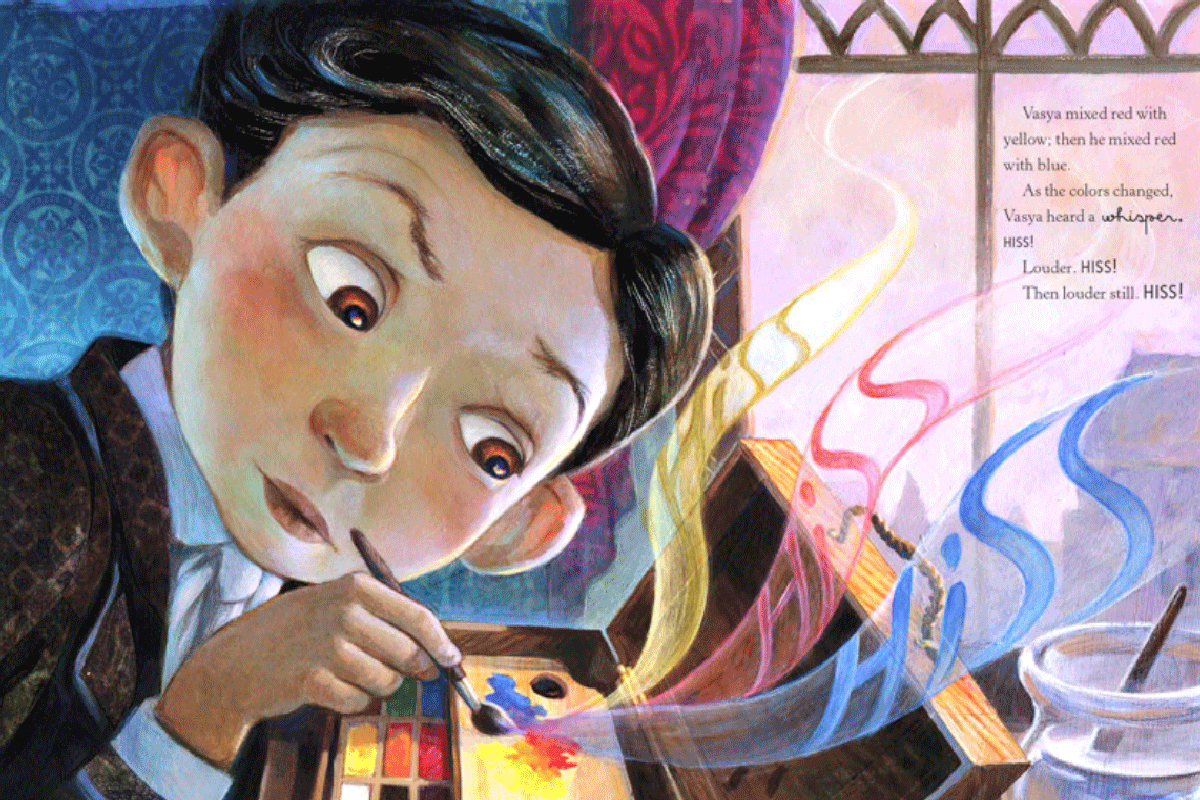
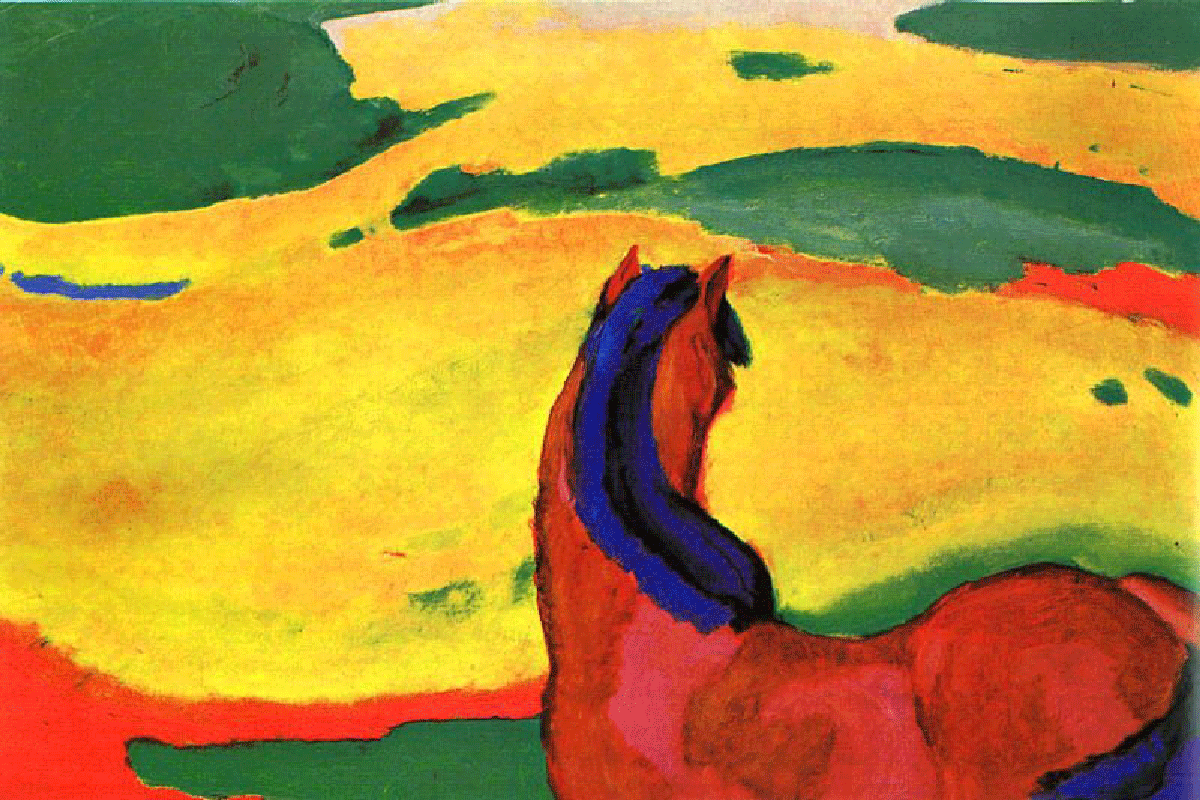
《The Noisy Box》,《Blue Rider》
Besides Van Gogh, other artists and picture books introduced in the chapter of “Understanding” are equally interesting. In the unit of Kandinsky, Lai specifically talks about this Russian artist’s innate magical capability of association by selecting The Noisy Box and a wordless one Blue Rider to discuss the regular thinking in terms of “colour”, “shape”and “sound”, and in the meantime further encourages everyone to reflect on the permanent bonding amomg substances and to try to figore out the variability and interconnection therein.
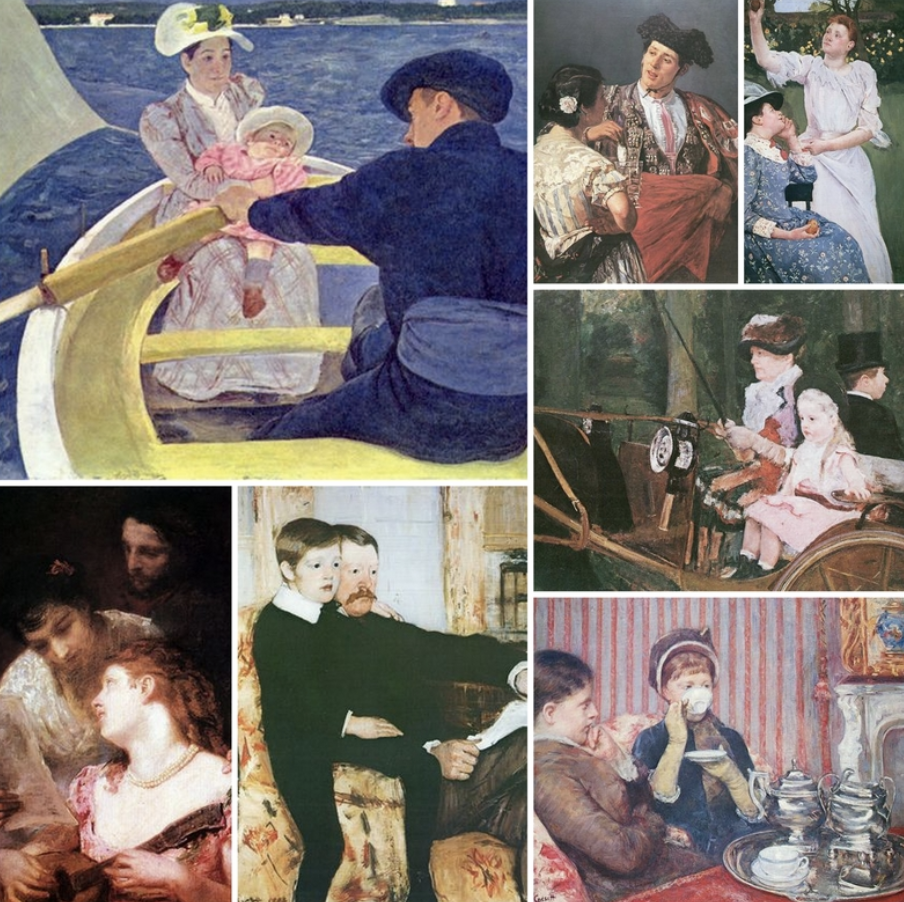
And, in the units of female artists such as Cassatt, O’Keeffe and Bourgeois, Lai shares from the perspective of a working mother the groundbreaking importance of women's consciousness of independence in living and doing creative work. She recommends, to name but a few, Mary Cassatt, Family Pictures and Getting to Know the World's Greatest Artists: Mary Cassatt by Smart About Art series on her mention about Cassatt’s focus on self portraits, paintings of ladies around her and the children of her family, instead of landscapes, when she wants to illustrate the female artist's consciousness of rebellion hidden in her works, as well as the contemporary women's dedication to defending themselves and upholding their rights wherever and however they are.
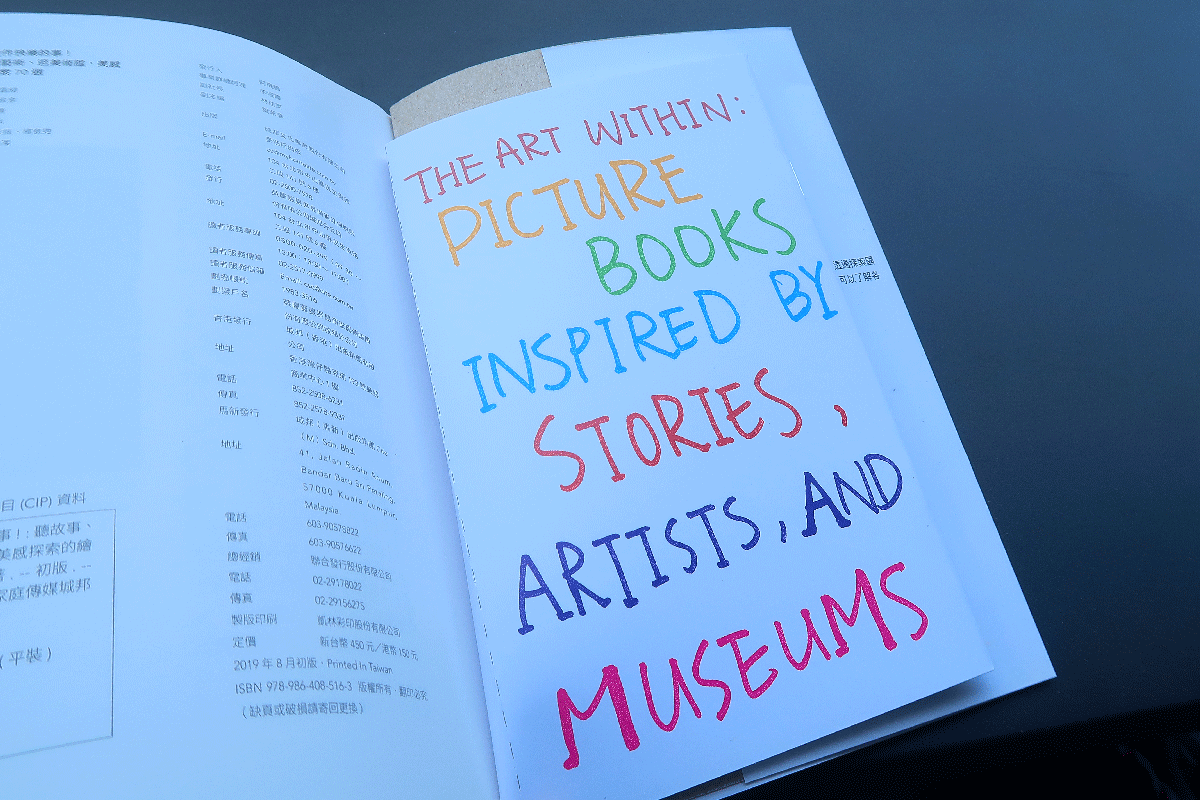
After reading It’s Happy to Understand Appreciation, not only can I have a clearer picture of different artists, picture books and art galleries at one time, but I also become more excited in the reading process, so much that I would as well like to follow her systematic approach to write a list of books benefiting myself and others!


